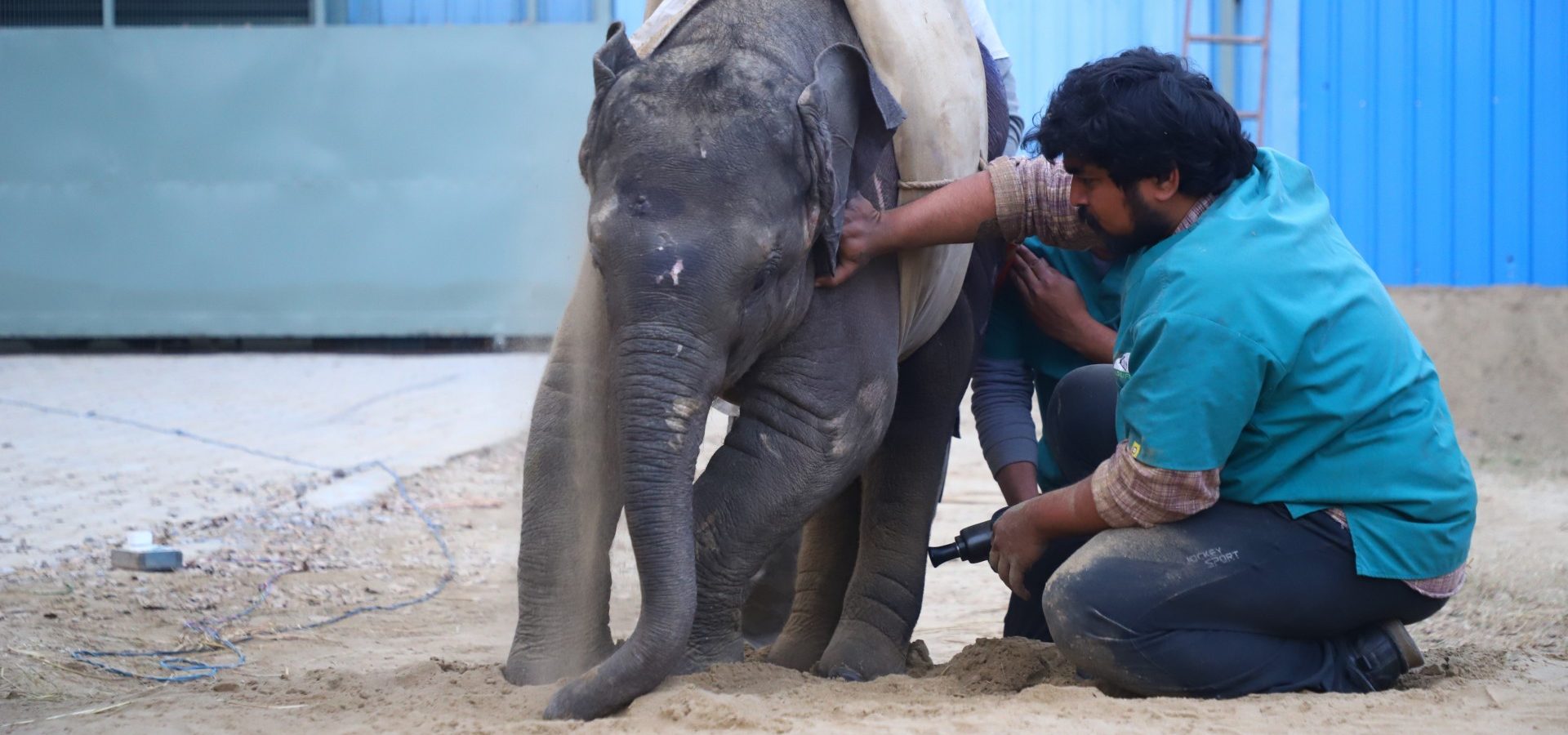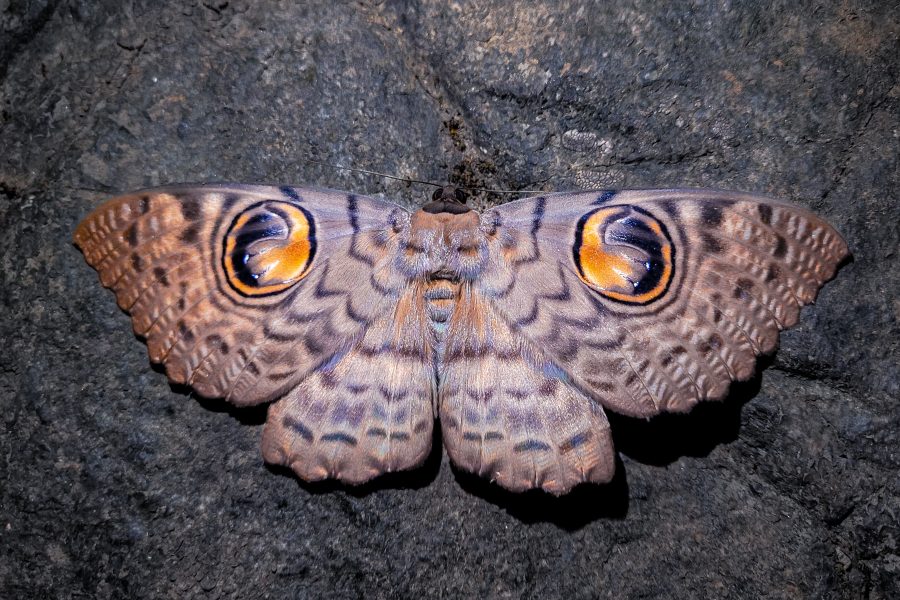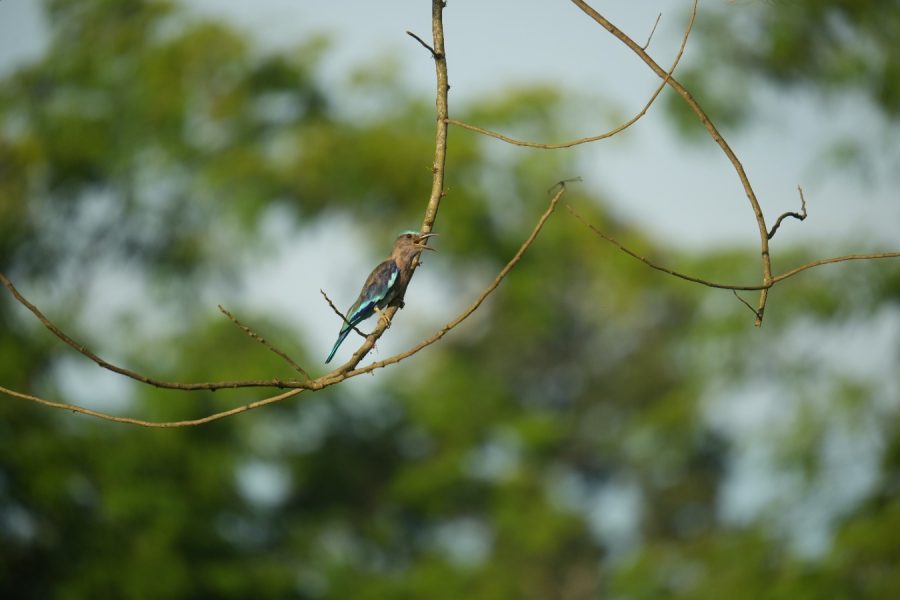Being able to shine the spotlight on our veterinarians is always fascinating as they open up a dimension of interesting stories and life experiences. Our staff focus for this month is Dr. E. Gochalan, who works and fights as a veterinary officer with Wildlife SOS, and holds elephants very dear to his heart (so much so that he even has a tattoo of them!).
The dedication he harbours, with an unflinching resolve and an unwavering commitment toward these pachyderms, is exceptional. Let’s get up, close and personal with this amazing veterinarian who holds massive respect for the land giants, and has an equally elephantine heart.
What inspired you to become a wildlife veterinarian?
The memory is a little foggy but if I rewind a little, my mother used to tell me I got really happy when seeing elephants, and some of it came from lord Ganesha himself. It’s no secret that I love animals, and when I opted for Biology in class 11, I was the only student in the class who expressed my desire to become a veterinarian. Incidentally, my father is also a veterinary doctor but it is not due to him that I got into veterinary science. I had a lot of pets at home and animals were my attachment, which led me to become a veterinarian.
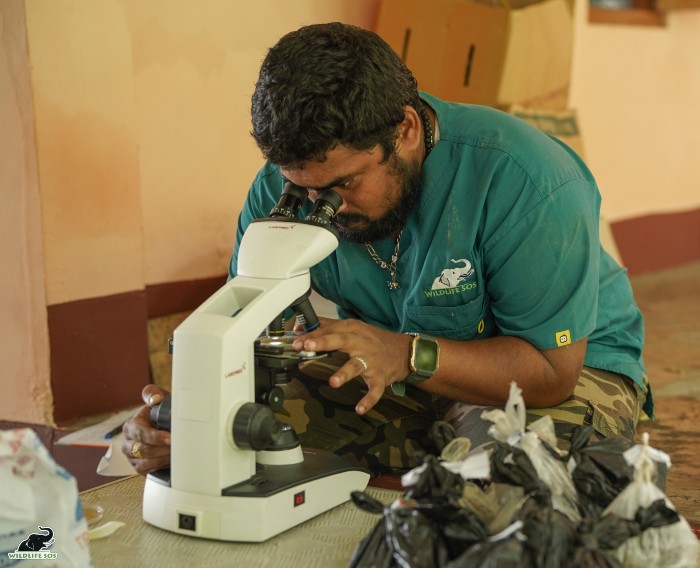
I was lucky that during my veterinary college course, we got the opportunity to treat a couple of elephants. That is when my attachment with elephants started, and during my internship after my final year I got a chance to tend to a circus elephant that had come for colic treatment. I remember her name was Laxmi, and she was the first elephant that I treated. From then on, I realised my passion for becoming an elephant veterinarian.
When I started looking for jobs, I chanced upon Dr. Arun when he was talking about Wildlife SOS’s work with sloth bears and I immediately enquired about elephants. It was a great coincidence that the elephant project had just started at Mathura, and it housed only six to seven elephants. We had Bhola, Chanchal, Bijli, Maya, Phoolkali and Rajesh with us back then.
Tell us about how you joined Wildlife SOS
During the time I began my journey, there was limited human resource and very few people opted for the job of a wildlife veterinarian. This was because the income was much lower as compared to other fields. Earlier, the veterinary services were primarily focused on the dairy, livestock and poultry farming sectors, and small animals and equines. The initial times were difficult because existing professionals also recommended working with equines and performing surgeries on small animals. As a matter of fact, I started my career in the dairy sector in 2012, that too in my hometown.
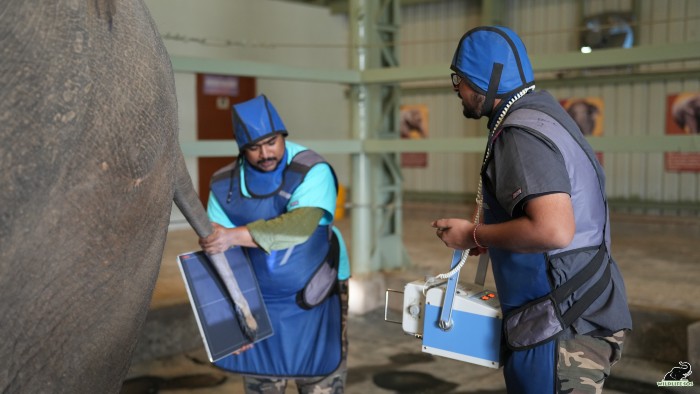
However, after speaking to Dr. Arun, and due to my passion for wild animals, I joined Wildlife SOS in 2014. And when I arrived here (Mathura), I saw how the entire system and pattern of caring for elephants worked. It was completely different, and much more sophisticated than the places I had seen before – be it a zoo, a camp or a temple. I strongly believe that at the centre, we are for the elephants, the elephants are not for us. But in all the other places, the elephants were kept for the benefit and need of human beings. That difference played a huge role in strengthening my passion.
What does a regular day in your life look like?
When I first come in the morning, I go for a complete tour of the Elephant Conservation and Care Centre, where I work. When the elephants are back from their walk, I make sure that their enclosures are cleaned, water is filled in their pools, and I perform general observations by going near every individual elephant and standing in front of them. By interacting more, we get to know the individual personalities of different elephants. I start with the male elephants and finish it off with the female ones, by which time it is afternoon. After this, I even go and check the cooked concentrate by tasting it myself, followed by scanning the fruits and vegetables to see that they are fresh before they are served.
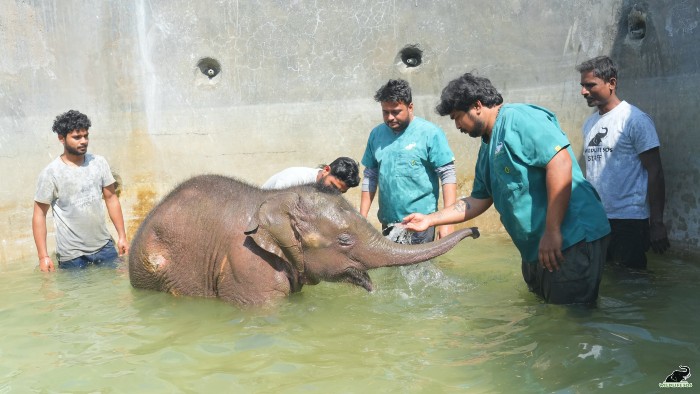
This is usually followed by observing and overseeing various activities such as foot baths, positive conditioning and target training for the elephants. I also make sure that the we have aptly provided designated supplements and oral medicines to the elephants. Finally, in the evening, I observe them on their walks, attend the operant conditioning of the bulls (male elephants) and ensure that all the elephants’ water troughs are refilled.
What were some of the challenging moments of your veterinary career at Wildlife SOS?
In elephant treatment, one needs to be dedicated for a long time. I remember when I first joined, I was involved in the treatment of Bhola and Chanchal. Consistency matters because in Chanchal’s case, her eye treatment went on for six months. Suraj’s case is also worth remembering as he was suffering through severe diarrhoea and had a negative energy balance. During the initial days of his treatment, we would lift him up manually and provide fluid therapy, which ultimately led to his recovery. Mohan, another bull elephant, had fallen during his musth and fractured his forelegs, so patience was required to treat him as well.
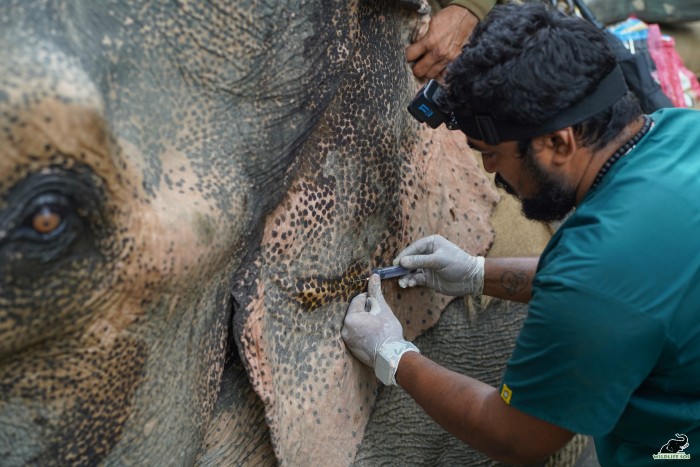
Then came Mia, who arrived in 2015, and we are still working on her foot condition. Working with Peanut, one of the youngest elephants under our care, is an uphill task due to her mischievous nature. But by simply joining her on her walks helped me understand Peanut better. I believe being a veterinarian, our job does not just simply end with treatment. It is also about interacting with the elephants to make them understand that the person is going to be a regular member of their lives. Being close with them by talking to their caregivers, attending their walks and observing what they’re doing during these walks helps me understand their individual characters.
What are the cases that worried you the most when you were treating animals?
I remember Mohan’s case where I went for the rescue and we had kept him in a forest department camp after the operation. (Dr. Gochalan paused for a moment, before resuming in a certain sombre tone) He was in a really pathetic condition and it made me realise that for our selfishness and satisfaction, humans really did extreme harm to this elephant. I found live worms in his dung, which indicated that he was deprived of basic care. He was bony and emaciated, and it was clear that he did not even receive the minimum amount of water.
What appalls me is that on one side, humans worship the elephant god and on the other hand, they torture elephants. We are far removed from a time when elephants were tamed and kept in captivity for use in wars. Today, there is no requirement for torturing them, using them for livelihoods and subjugating them for the purpose of begging on the streets.
Can you tell us about some of your most difficult treatments?
There was a female elephant named Sita, whose forelegs got ankylosed due to the ignorance of the owner. She had not slept for two years and her legs used to generate weird noises. Whenever I talk about her, I almost break down. (Dr. Gochalan’s voice became shaky as he continued) I remember how she used to pull me with her trunk and make me stand closer to her. When she arrived, we created supportive structures for her to stand properly. Even though Sita passed away, I can proudly say that the last years of her free life were filled with joy.
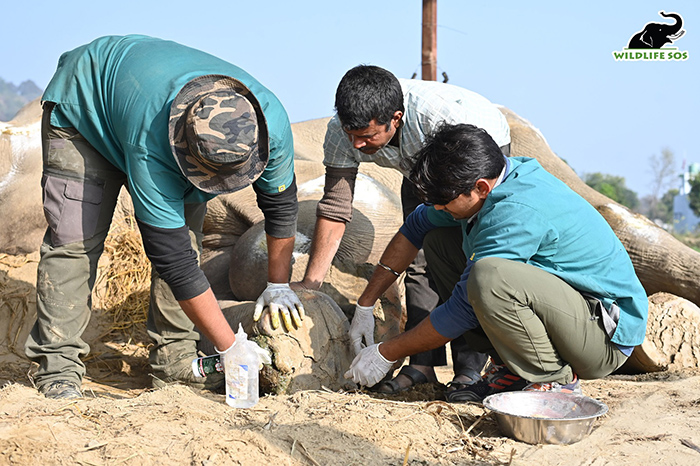
I also want to talk about Moti, who had such a terrible foot condition. His entire foot pad had sloughed off and seeing that I was literally heartbroken. But I should still say that I feel gifted and blessed to serve the elephants, and my knowledge is enhanced by getting to know more about them. These are emotionally intelligent and mature animals who even pay their respects to the dead of other species. That is why I feel very lucky to be at Wildlife SOS as it gives me the opportunity to work with these majestic pachyderms.
What would you like to tell people so that they care more about wildlife? And how will you convince them to work in this field?
The next generation should really know that animals are not for our joy. When an animal is suffering, one just needs to be on the spot. There already exist many people who love non-human animals, and they serve them when the need arises. If any animal is in any kind of distress, we do not see the time or situation, and are always on standby to help them. There are a lot of profit-based industries but ours is not one, and this is the kind of dedication required to work in this field.
Now our team is also bolstered with more vets and we can work on a rotational basis. No matter how difficult the case is, we always try our best to alleviate their pain and elevate their comfort. But it is a huge combined effort as a lot depends on the kind and generous supporters who decide to donate for this cause. All of this makes me really glad to be a part of the veterinary team and a member of Wildlife SOS.

